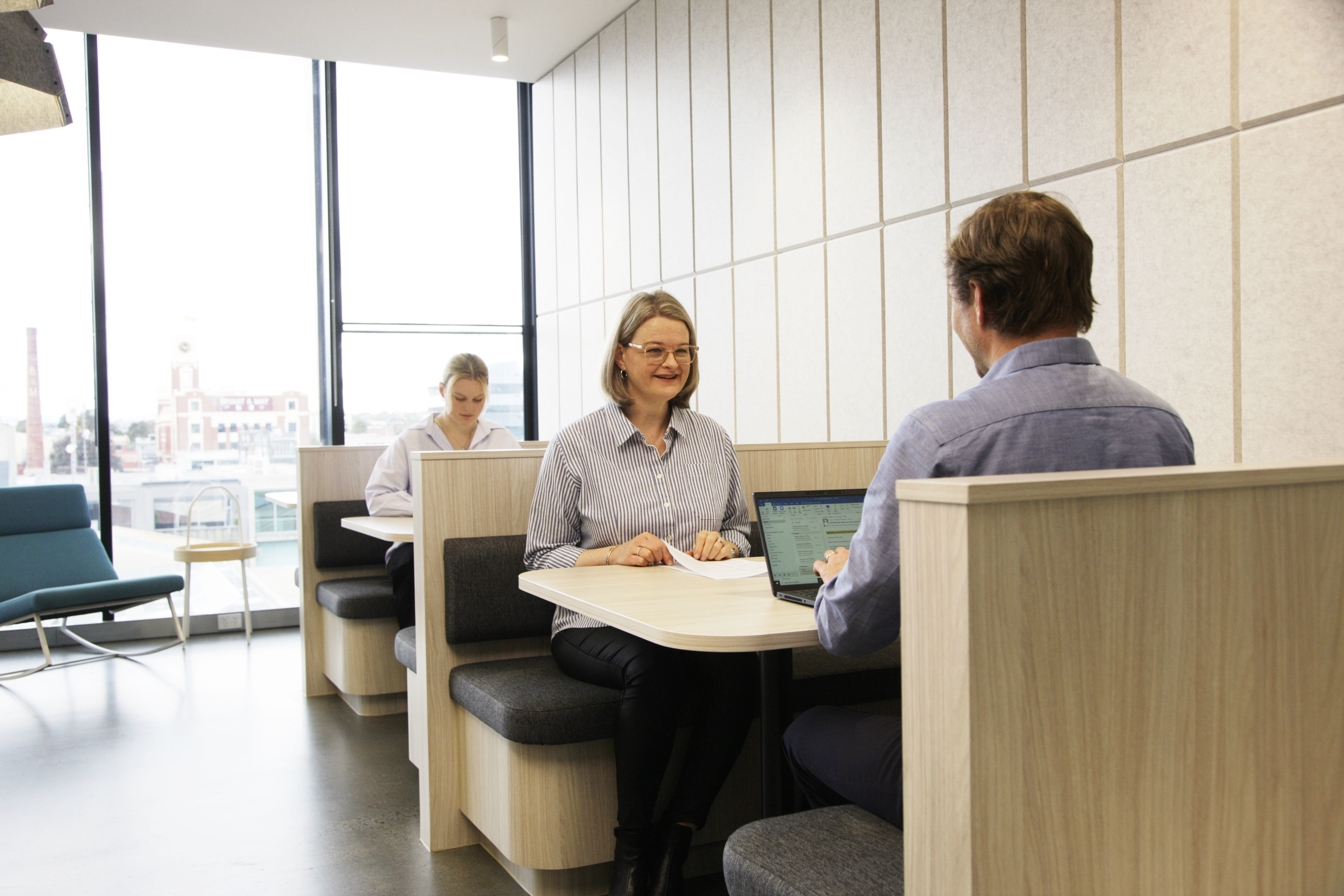The lasting effects of the pandemic have been profound, impacting every aspect of how we live, work, and share experiences.
After the public health crisis jolted the world in early 2020, the initial panic eventually gave way to the more mundane challenge of getting things done without rubbing elbows. Delivering from afar became the order of the day.
Adjusting our work, consumption, and leisure habits to a more physically isolating world which required greater digital connection. In some ways, the pandemic served as a time machine, majorly accelerating trends that were already in effect before 2020. The most persistent, transformative of these trends, was the way in which we work.
In 2020 when the world went remote, offices had to adapt to follow suit, creating the work-from-home model. Although the catalyst is fading, its impact remains as executives face the challenge of bringing their teams back to the office or staying remote.
From this, one thing is becoming increasingly clear – the future of work is hybrid. In fact, working both remotely and in the office is quickly becoming the new normal.
The fuel of the Hybrid era is coming from the employees themselves, and success will favour the most agile, responsive companies to this demand. Employees want a hybrid model, a combination of working in the office, face-to-face and working from home. Whilst every company and industry tell a different story, one theme remains: the key to thriving and success in the Hybrid Era is intentional execution, listening to workers and employing the right technology.
Changing Tides: Hybrid Work
During the pandemic, people have become used to working from the comfort of their homes. People have also realised that they can fulfill their responsibilities without being in the office full-time. According to Microsoft’s Insights, 73% of workers want some form of remote work options. However, two-thirds of workers also stated that they want the ability to collaborate in person on some level.
LinkedIn data also suggests that employees are 2.1 times more likely to recommend working for a company that satisfies their need for work-life balance through time and location flexibility (as this is obviously a huge part of boosting employee well-being).
As a result of this newly discovered focus on flexibility, companies are now looking for flexible workspaces to accommodate their employee’s needs.
New System, New Challenges
Business leaders and more so, human resource departments, are finding there is a lot of work to be done to ensure the transition to flexible goes smoothly.
While generally popular and productive, the shift from the traditional work model to remote working hasn’t been easy for companies and employees.
In the previously mentioned Microsoft survey, half of respondents recorded lacking essential supplies, as one of the main challenges of remote work.
Burnout remains a major problem as well, due in part to soaring volumes of emails, real-time meetings, and messages. The inability to separate work from personal life as it all occurs in the same space. The term “zoom fatigue” even went mainstream, representing the dangerous side effect of too many video conferences.
A lot of the challenges in remote work arrangements stem from physical isolation. As we all learned, those wonderful, spontaneous chats with a colleague by the water cool were more important than we realised. Not only do these interactions help us socialise, but they were also opportunities to communicate with co-workers we may otherwise have little to no interaction.
On top of that, many companies are finding their departments are getting more siloed in a remote environment, with information-sharing and networking harder than ever before. While teams in the same department have become closer, there are fewer opportunities for interdepartmental communication. This has massive implications for company culture and can lead to disjointed action with a scattered sense of purpose.
Leveraging Today’s Solutions
Luckily, we now have an array of technologies at our disposal, that help provide remote solutions to a lot of work problems. We can digitally share large amounts of information, creating and coordinating without sharing a space. Many companies that better leveraged these tools amid the pandemic, are poised to do better in the Hybrid Era.
How many Zoom or Team invites did you receive in 2019? Regardless of the specific number, it is safe to bet that it was a lot less than in 2020.
The key to facilitating a shift to a hybrid workforce and combatting burnout, an increasing issue over the past two years, is to leverage and link existing solutions. Calendars, accountability tools, collaborative software, and communication solutions should be integrated into one seamless experience
Moving Forward
The Hybrid Era is here. While spurred by the pandemic, the number of companies adopting a hybrid work model is set to grow and likely constitute the norm going forward.
This new work model brings with it a plethora of opportunities as well reducing risk of potential burnout and isolated departments. Companies that can utilise up and coming technology, whilst listening to the needs of their employees are set to thrive in this exciting new paradigm. Hybrid is here to stay.
Come and check out collective_100 space and see if hybrid work is right for you.




.svg)